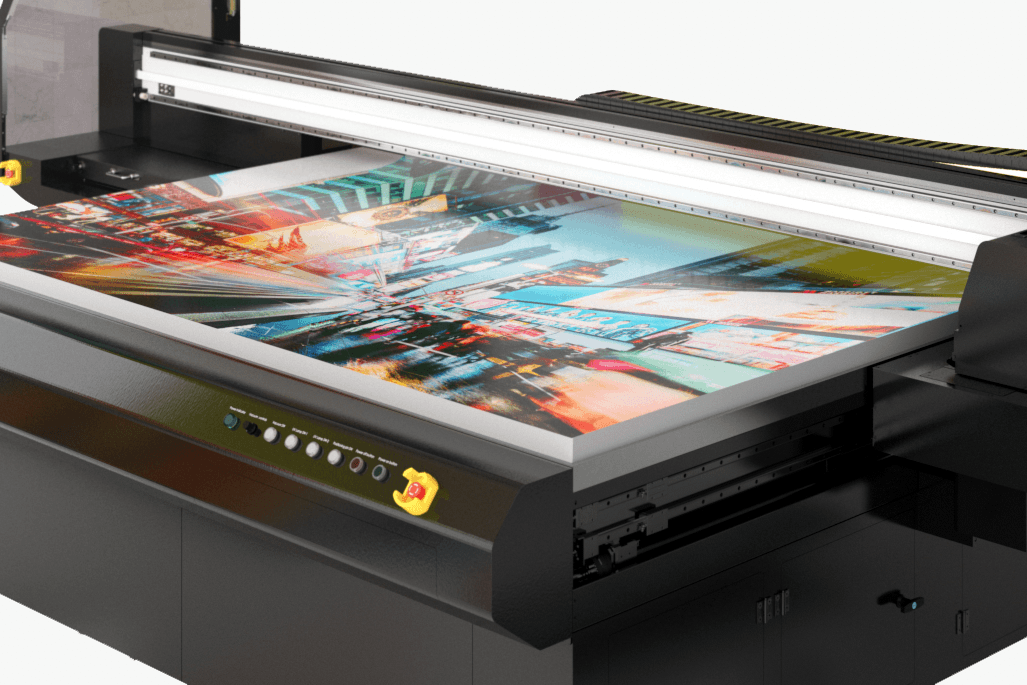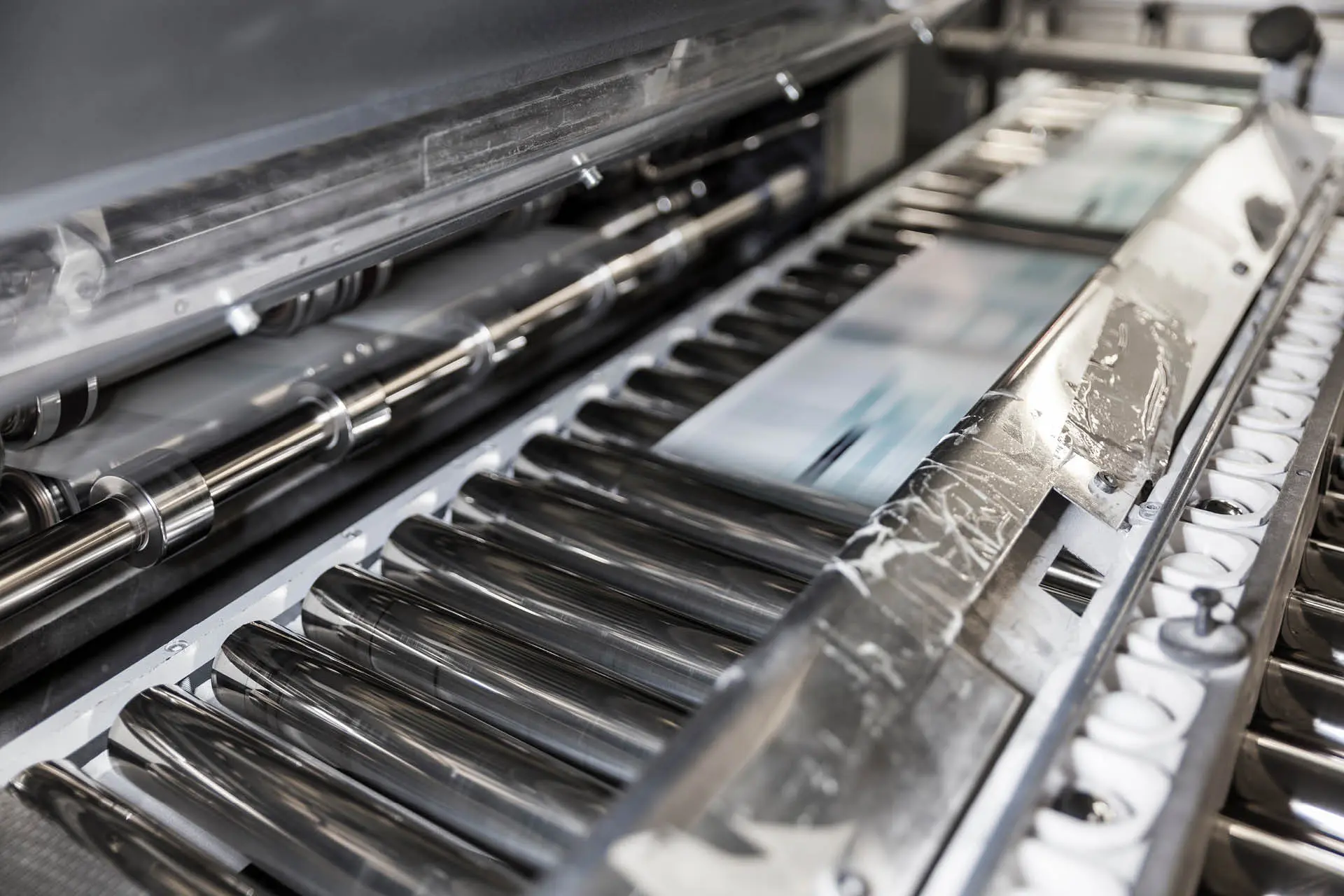The Benefits of Using litho printing for Marketing Materials
The Benefits of Using litho printing for Marketing Materials
Blog Article
A Comprehensive Guide to Understanding Litho Printing Techniques
The world of litho printing, a technique stemming from the late 18th century, is a remarkable mix of background, art, advancement and scientific research. This comprehensive guide will certainly decipher the intricacies of this printing approach, from the make-up of litho inks to the difficulties encountered in modern applications. As we venture into the complexities of lithography, the value of automation and sustainability in guaranteeing its future relevance becomes progressively clear. Stick with us as we journey into the fascinating realm of litho printing.
The Historical Evolution of Litho Printing
The historic trajectory of litho printing, a critical innovation in the world of communication, is a captivating tale of human ingenuity. The process developed with the introduction of the rotary press, which substantially increased efficiency. Each phase of litho printing's evolution showcases mankind's relentless pursuit of efficiency and high quality in aesthetic communication.
Decoding the Science Behind Litho Printing Inks
Progressing in the exploration of litho printing methods, the focus now moves to the science behind litho printing inks. The make-up of these inks, their drying procedure, and shade mixing strategies form the foundation of this complicated art form. Comprehending these aspects is crucial to grasping the craft and attaining the desired print outcomes.
Make-up of Litho Inks
In lithographic printing, the fundamental duty of litho inks can not be overemphasized. Pigments, the color-providing components, are carefully ground fragments put on hold in the vehicle, a fluid that lugs the pigment onto the printing surface. Each component plays an essential part in the last print's top quality, making the accurate formulation of litho inks an elaborate science.
Ink Drying Process
From the make-up of litho inks, attention transforms to the interesting process of ink drying. The drying process is important, as it influences the last print's quality and longevity. Two primary techniques are used in litho printing: oxidative drying out and absorption. Oxidative drying entails the ink responding with oxygen airborne to create a tough, completely dry movie. This technique supplies a durable surface, yet can be slower compared to absorption. Absorption, on the other hand, involves the ink seeping into the paper fibers, which is a quicker procedure yet can result in much less lively colors. The choice between these techniques is dependent upon factors such as print speed requirements, the paper kind utilized, and the wanted coating.
Shade Combining Methods
While the drying procedure plays an essential function in litho printing, the science of color mixing methods holds equal value. This is a complicated process that entails the mindful blending of primaries: cyan, magenta, and yellow, in differing proportions to accomplish a large range of tones. The addition of black ink, understood as 'vital', aids in managing the intensity and depth of the colors. The science behind litho printing inks also thinks about the transparency of the ink, which impacts just how colors overlay and mix. To attain a reliable color mix, print professionals should also comprehend the ins and outs of ink behavior, color theory, and the physical properties of the substrate on which the ink is used.
The Art and Style Components in Litho Printing
Litho printing takes a breath life right into art and layout with its distinct aspects. Litho printing suits a selection of colors, enabling artists to develop dynamic and dynamic prints. This mix of precision and flexibility makes litho printing a preferred selection for several musicians and designers.
Modern Applications of Litho Printing Methods
Litho printing methods have found extensive use in the modern-day commercial field. Its impact and relevance proceed to expand with the advent of brand-new innovations and technologies in the field. This section will check out these contemporary More Bonuses applications and the transformative duty they play in the printing sector.
Commercial Litho Printing Utilizes
In today's electronic age, one may question the relevance of standard printing approaches. Yet, litho printing stays an essential component of the commercial industry. High-volume printing tasks, such as the manufacturing of publications, newspapers, and product packaging, rely upon litho printing for its capability to provide exceptional image top quality and cost performance. The process, which includes moving a tattooed image from a plate onto a rubber blanket and then to the printing surface, provides unrivaled uniformity. This makes it optimal for jobs calling for a large print run. Litho printing likewise supplies a broad shade range, remarkable to that of digital printing. This makes it the go-to choice for jobs that demand lively, high-grade shade recreation.
Innovations in Litho Printing
Pressing the borders of conventional strategies, modern-day innovations have sustained a host of developments in litho printing. One prominent advancement is electronic litho printing, which incorporates the merits of digital technology with litho's premium result. These developments emphasize the enduring significance of litho printing in the modern-day world.
Checking out the Process of Litho Printing: Detailed

Difficulties and Solutions in Contemporary Litho Printing

In spite of the accuracy and practice that litho printing happily promotes, it is not without its collection of modern challenges. Digital litho printing allows for affordable short runs and easy customization, dealing with the issue of variable information. Hence, while there are obstacles, the litho printing market is proactively adapting to meet them head-on, ensuring its importance in the future.
Verdict
In conclusion, litho printing, with its abundant background and scientific complexities, holds a significant area in the print industry. As the overview reveals, it's a synthesis of art and innovation, with contemporary developments guaranteeing its importance. The market faces obstacles that call for ingenious services, with an emphasis on automation and sustainability. The future of litho printing depends upon its ability to adjust to these altering needs, verifying its long-lasting content value in a developing market.

Report this page